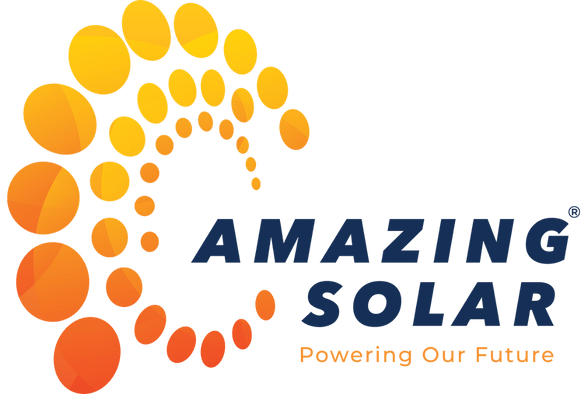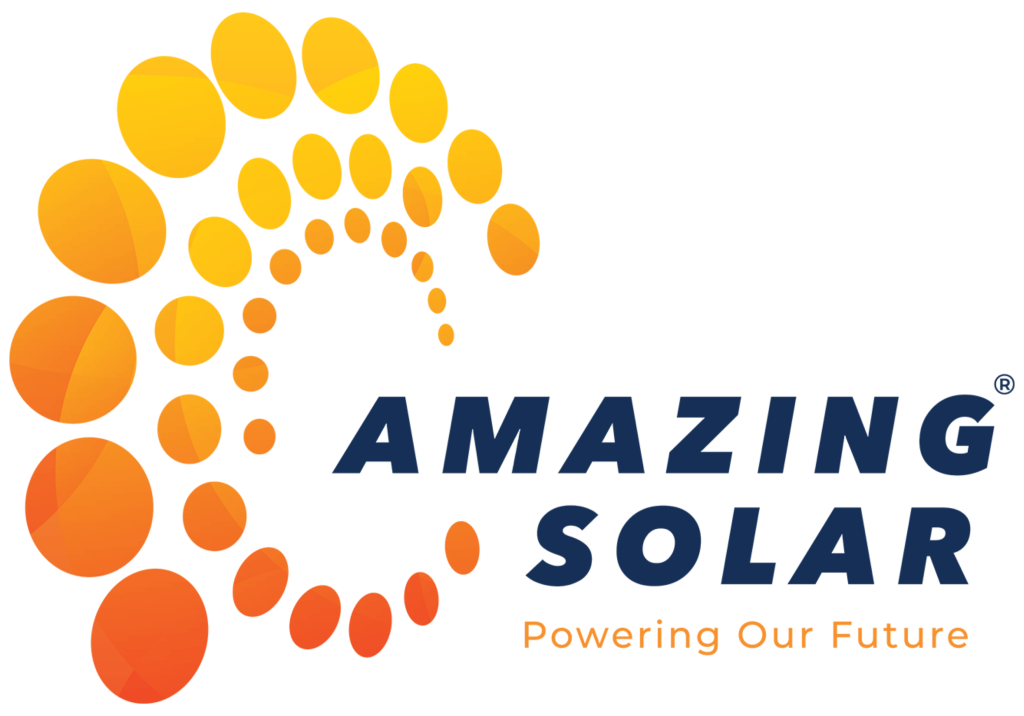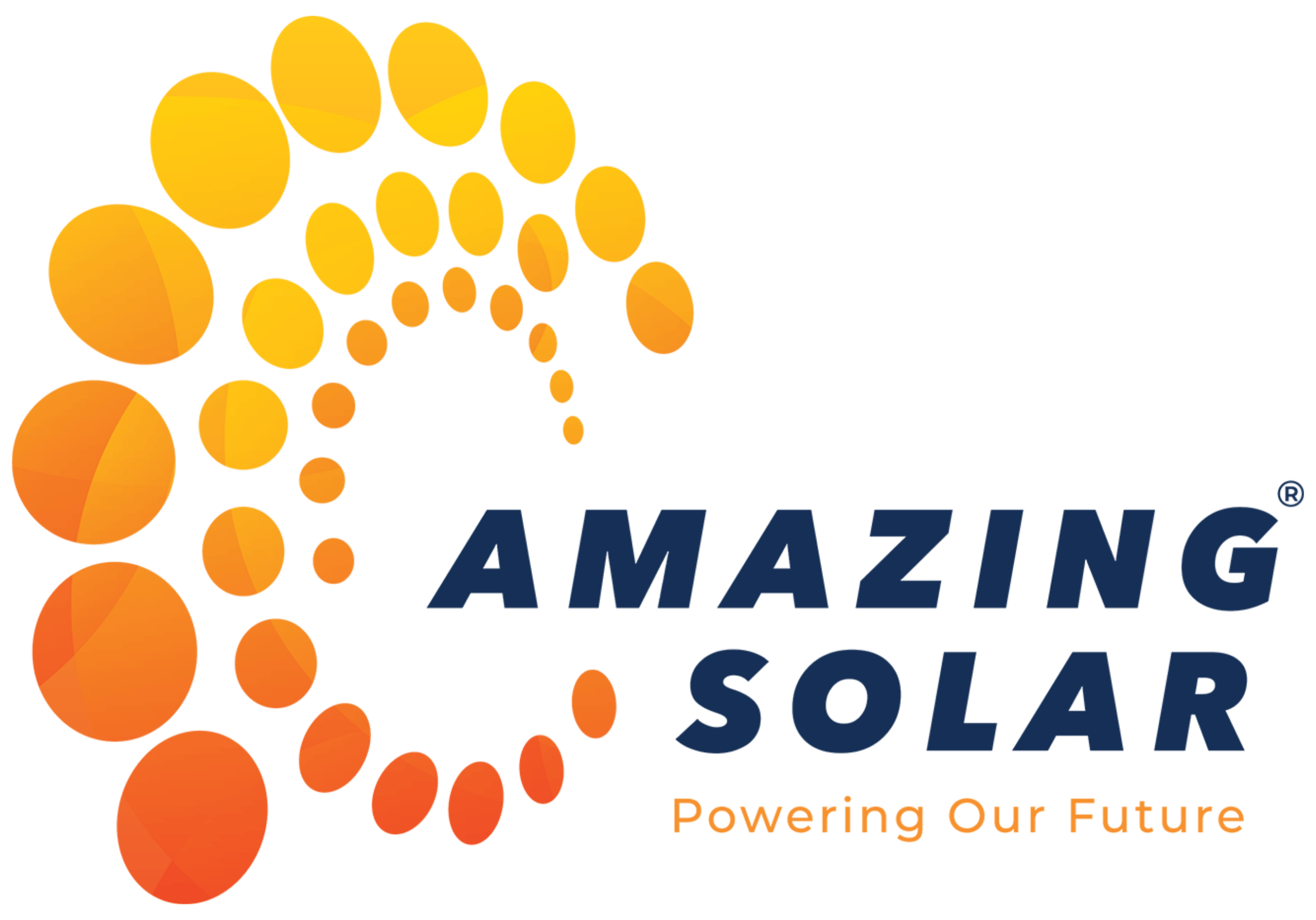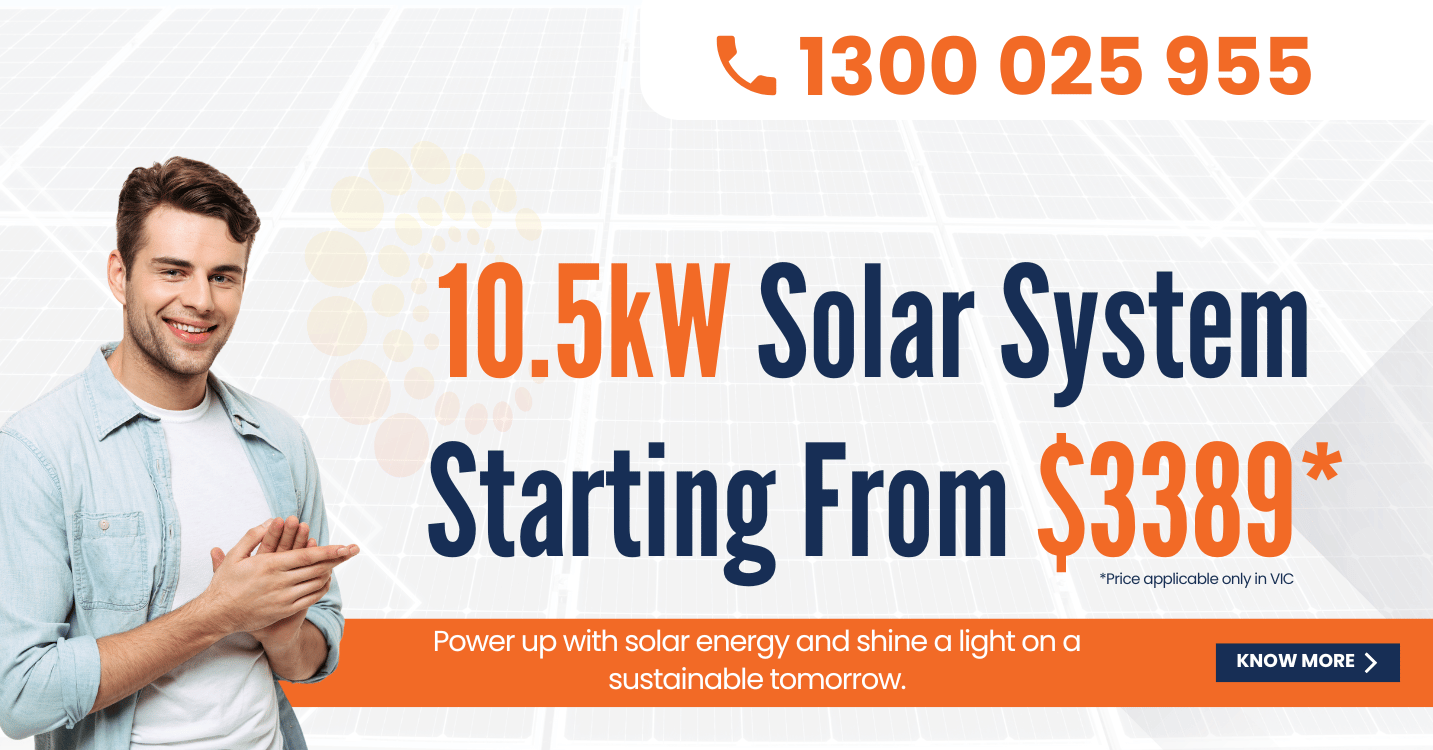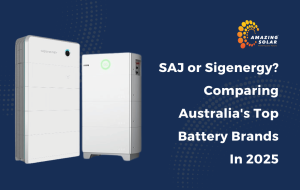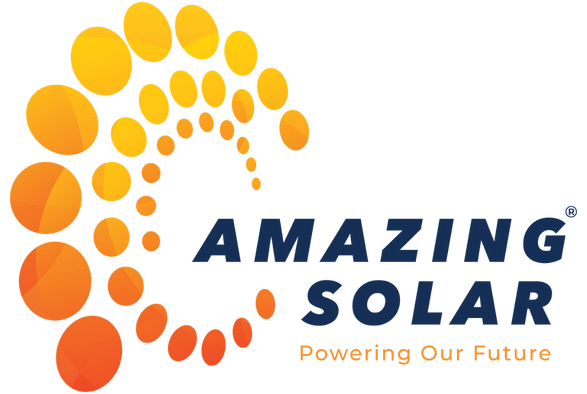Are you eager to tap into the boundless energy of the sun to illuminate your home in the scenic region of Victoria, Australia? You should be! But, hold on a moment. Have you thought about how you’ll keep a close eye on your solar energy usage? This is where Solar Power Monitoring Systems step into the limelight. Join us as we delve into the captivating realm of solar monitoring systems!
Why Monitoring Systems are Indispensable
Picture this: owning a sports car with no speedometer. You’d be driving blindly, unaware of your speed or fuel efficiency. Similarly, a solar monitoring system serves as the dashboard for your solar energy setup, allowing you to monitor energy production, consumption, and detect potential issues before they escalate.
Types of Solar Monitoring Systems
On-Site Monitoring
On-site monitoring entails a physical display or dashboard situated on your property, typically near your solar inverter or electrical panel. This display provides real-time data on your solar energy production, consumption, and the health of your system.
Pros
- Instant Accessibility: You can readily check your system’s performance anytime.
- User-Friendly: No need for internet access or extra software.
- Cost-Effective: Generally more budget-friendly compared to advanced monitoring systems.
Cons
- Limited Accessibility: Physical presence is necessary to access data.
- Basic Information: May offer fewer metrics compared to advanced alternatives.
Remote Monitoring
Remote monitoring systems grant you access to your solar energy data through a web portal, allowing you to monitor your system’s performance from anywhere with an internet connection.
Pros
- Anywhere Access: Monitor your system from any corner of the globe.
- Comprehensive Metrics: Often provides more extensive data and analytics.
- Alerts: Can notify you of system issues or inefficiencies.
Cons
- Internet Dependency: Requires a stable internet connection.
- Subscription Fees: Some services may entail monthly or yearly fees.
Mobile App-Based Monitoring
These monitoring systems include a mobile app, enabling you to check your solar panel performance directly from your smartphone or tablet.
Pros
- Convenience: Keep tabs on your system while on the move.
- User-Friendly: Apps are designed to be intuitive and easy to navigate.
- Real-Time Alerts: Receive instant notifications for system issues.
Cons
- Smartphone Dependency: A compatible device is required.
- Data Charges: Using the app on mobile data could incur charges.
Integrated Energy Monitoring
Integrated Solar Power Monitoring Systems not only track your solar energy production but also monitor your home’s overall energy consumption, encompassing appliances, HVAC systems, and even electric vehicles.
Pros
- Holistic View: Gain a complete understanding of your home’s energy usage.
- Smart Home Integration: Often compatible with other smart home systems.
- Optimization: Empowers data-driven decisions to optimize energy usage.
Cons
- Complex Setup: May necessitate professional installation.
- Higher Costs: Generally pricier due to advanced features.
Conclusion:
Solar Power Monitoring Systems are indispensable tools for homeowners keen on monitoring solar energy production, detecting issues, and fine-tuning system performance. A multitude of solar monitoring systems are available, so it’s essential to select one that aligns with your unique requirements.

